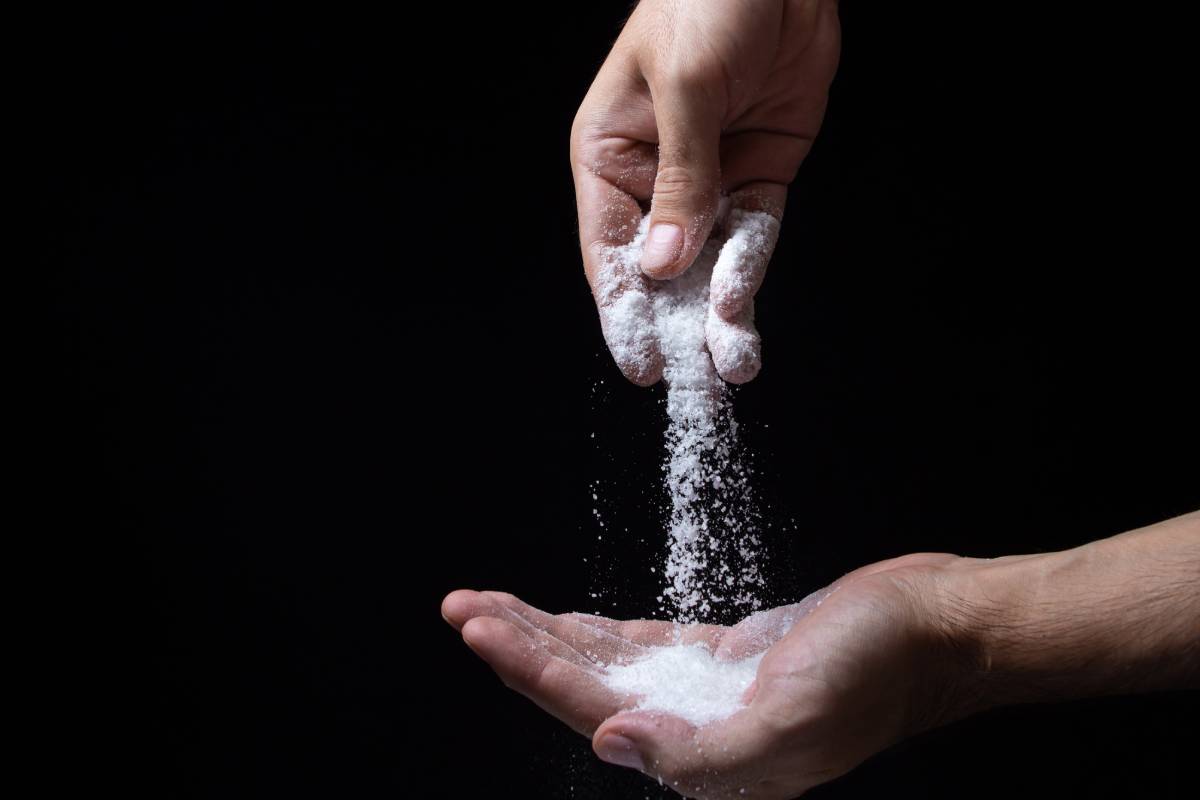Reduce Salt Consumption for Health
Overconsumption of sodium in meals elevates blood pressure, increasing the risk of cardiovascular diseases. About 3 million fatalities globally are linked to excessive sodium consumption. Reducing salt consumption will lower blood pressure and lessen the risk of cardiovascular conditions and other health complications, like chronic kidney disease, obesity, stomach cancer, and liver diseases. 1
Decreasing daily salt consumption by 3 grams in the average American could likely result in an annual drop in the occurrence of new cases of coronary heart disease (from 60,000 to 120,000), strokes (from 32,000 to 66,000), and myocardial infarctions (from 54,000 to 99,000). Additionally, it could lessen the annual death rate from any cause by 44,000 to 92,000. Potentially, this could reduce annual healthcare expenditure by a minimum of $10 billion dollars to a maximum of $24 billion dollars. 2
Silva-Santos et al. cites three randomized trials which successfully lowered adults’ salt intake: 1. dietary education along with the availability of potassium-added salt substitute at local stores, 2. reduced salt in bread and providing nutritional advice, and 3. children’s nutritional education which they then shared with their families. 1 By integrating salt reduction education into school programs and encouraging children to spread the message to their families, salt intake can be decreased significantly.3 Silva-Santos et al. report that self-monitoring was effective in changing behavior and there is a trend towards self-monitoring of health, especially using technology to count calories, track exercise, and provide dietary advice, which could be applied to helping reduce salt consumption.1
Campbell et al. explain the best steps for tailoring a national program to reduce excessive salt consumption in a country with few prevention strategies. First, collaborative leadership is key. Academic leaders produce evidence-based frameworks using data gathered from collaborating healthcare leaders. Second, prepare for environmental and cultural barriers by pinpointing hindrances and preparing solutions proactively. Third, estimate the impact by focusing on data analysis so that accurate models can be generated. Some models might need a more comprehensive set of national health statistics. When national data is insufficient, projections based on data from other countries might jumpstart the program. Fourth, streamline support in your team. There should be individuals with technical expertise to validate and analyze data and a public relations consultant to aid in media delivery. Fifth, establish a solid scientific basis for salt reduction by collecting as much conclusive data as possible. Then, develop a policy statement that breaks down the scientific reasoning for the national initiative and delineates the steps required from the industry, government, and health sector and be prepared to collaborate with them. A designated media outlet is necessary to communicate your goals for salt reduction to the public and politicians.
A key step is being prepared for industry-supported public opposition to the salt reduction from those with financial benefits. The most important step is maintaining action over the long term by having a mechanism to 1. evaluate and track salt consumption in real time to keep your program’s data relevant, 2. pinpoint new and unchanging salt sources, and 3. monitor the salt content in food over time. It can be beneficial to link the salt reduction efforts with other health policies, like simple, comprehensible food labels (particularly if these labels alert consumers about high salt content). Finally, national context needs to be the foundation for the program. While processed foods are the primary source of salt in developed nations, in developing nations, home-cooked meals are the primary source. The public’s and politicians’ willingness to develop policies to reduce salt consumption can be influenced by a range of cultural or nationalistic motives, such as, political beliefs about government intervention in food production, acute public health crises (like a pandemic), conflict, or extensive internal unrest. 4
References
- Silva-Santos, T., Moreira, P., Rodrigues, M., Padrão, P., Pinho, O., Norton, P., . . . Gonçalves, C. (2022). Interventions that successfully reduced adults salt Intake—A systematic review. Nutrients, 14(1), 6. doi:10.3390/nu14010006
- Bibbins-Domingo, K.; Chertow, G.M.; Coxson, P.G.; Moran, A.; Lightwood, J.M.; Pletcher, M.J.; Goldman, L. Projected effect of dietary salt reductions on future cardiovascular disease. N. Engl. J. Med. 2010, 362, 590–599. doi: 10.1056/NEJMoa0907355
- He, F.J.; Wu, Y.; Feng, X.X.; Ma, J.; Ma, Y.; Wang, H.; Zhang, J.; Yuan, J.; Lin, C.P.; Nowson, C.; et al. School based education programme to reduce salt intake in children and their families (School-EduSalt): Cluster randomised controlled trial. BMJ 2015, 350, h770.
- Campbell, N. R. C., Neal, B. C., & Macgregor, G. A. (2011). Interested in developing a national programme to reduce dietary salt? Journal of Human Hypertension, 25(12), 705-10. doi:10.1038/jhh.2011.25
